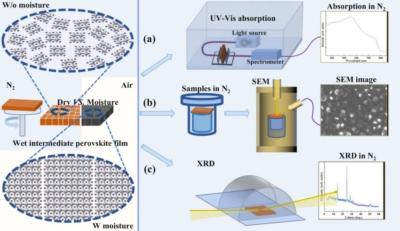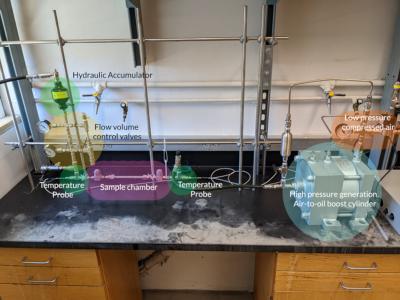Researchers develop perovskite-based photodetectors with excellent efficiencies and response times
Researchers at the University of Toronto and the Barcelona Institute of Science and Technology recently reported new solution-processed perovskite photodetectors that exhibit remarkable efficiencies and response times. The photodetectors have a unique design that prevents the formation of defects between its different layers.
The researchers explained that there are applications for which fast photodetection is required in wavelength ranges beyond human vision. "Silicon, the legacy approach—and ideal for electronic readout—does not on its own unite high efficiency with high-speed, as a result of its indirect bandgap, a property of silicon's band structure that produces weak absorption (hence a need for thick silicon) in the near infrared", said University of Toronto's Amin Morteza Najarian.



